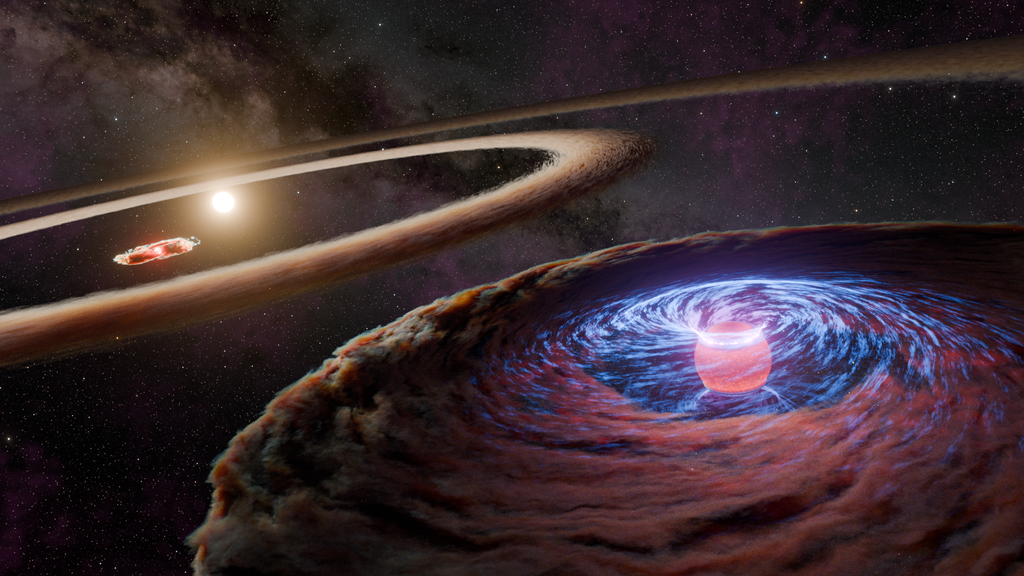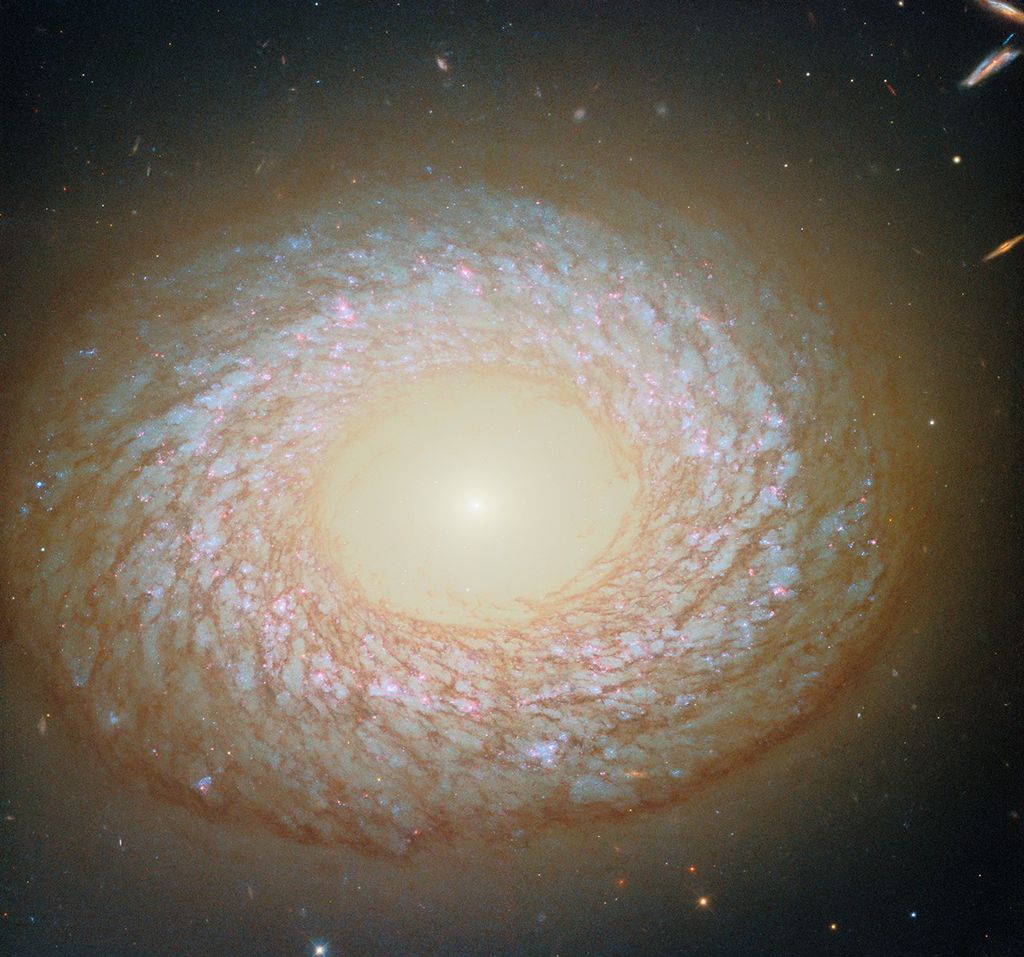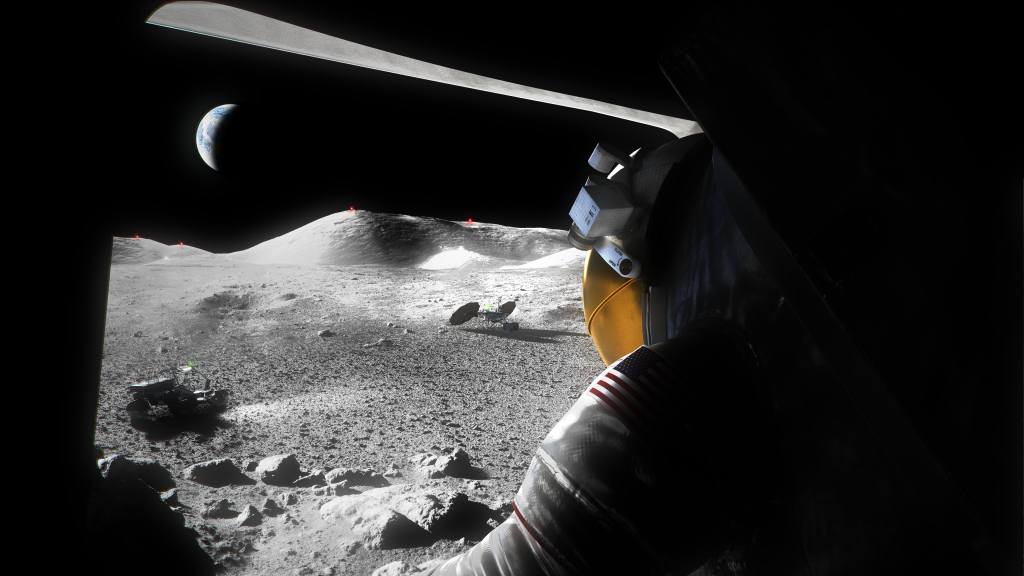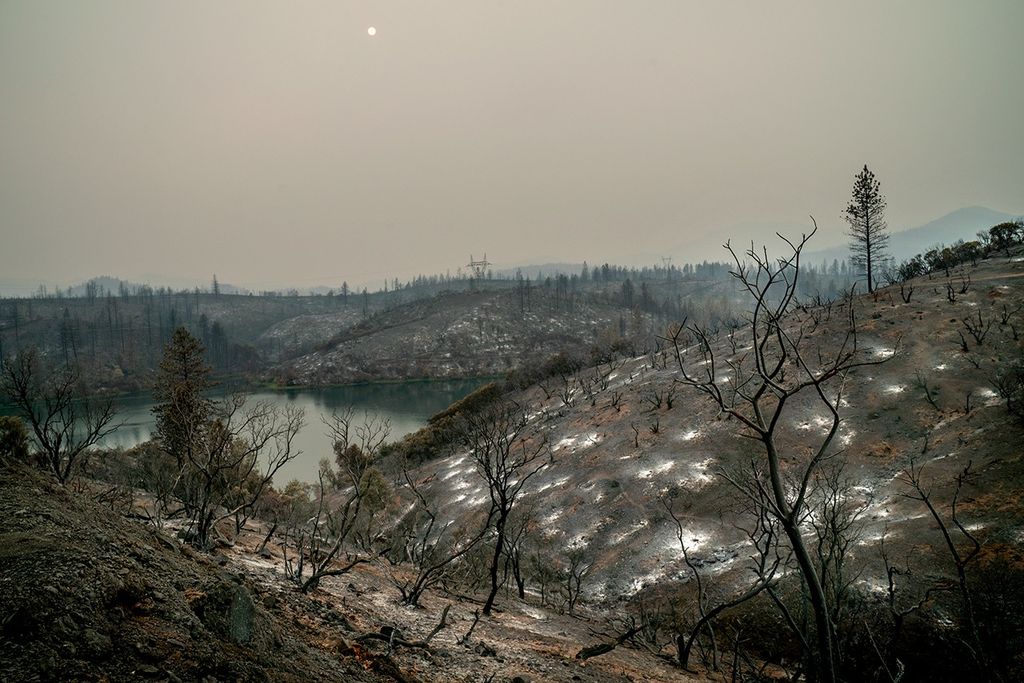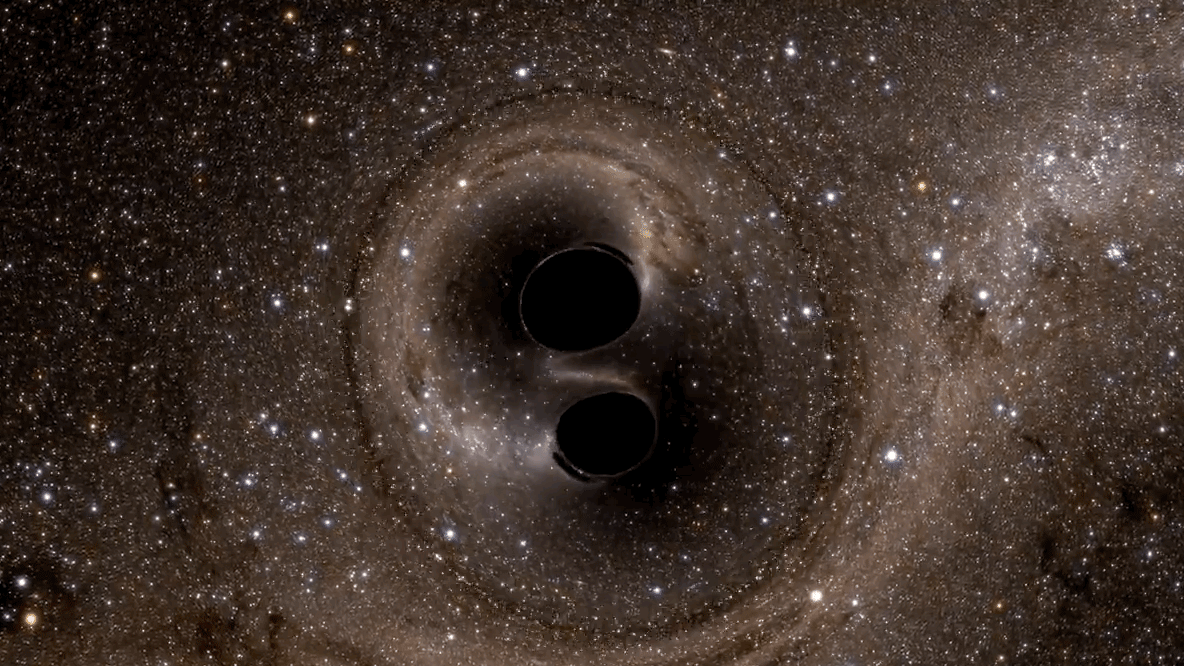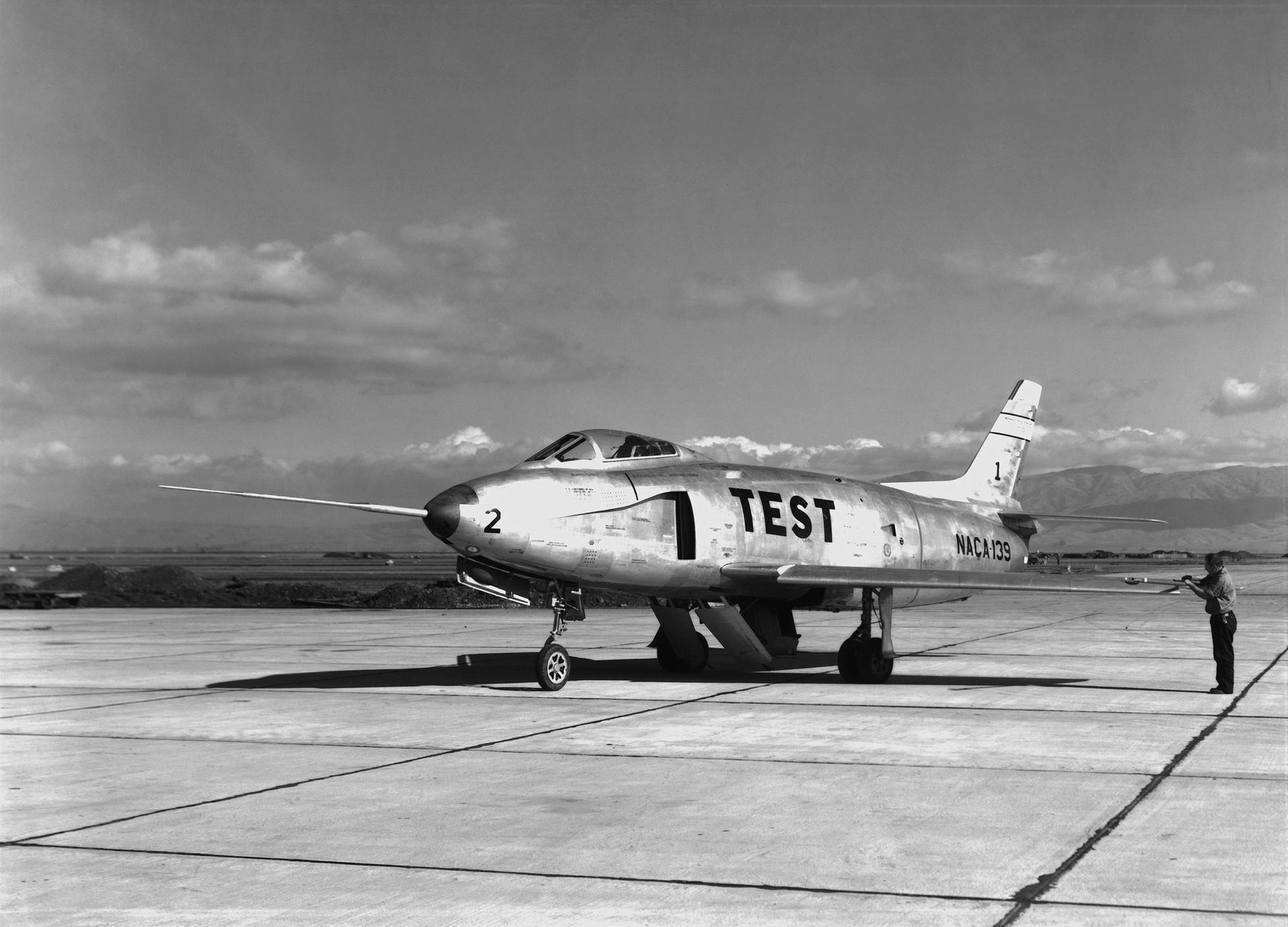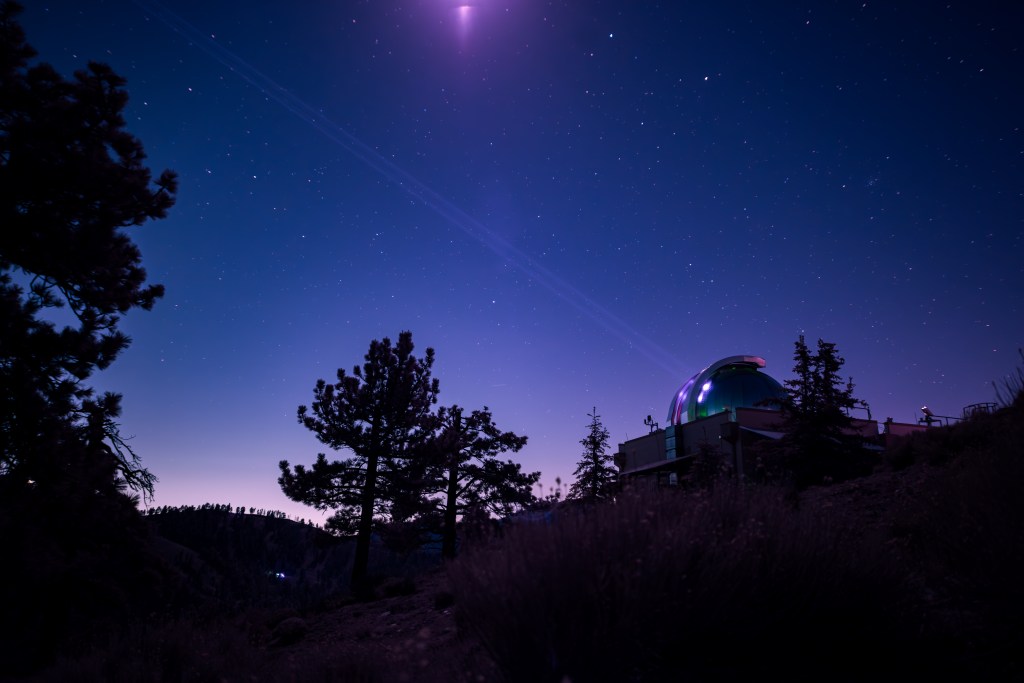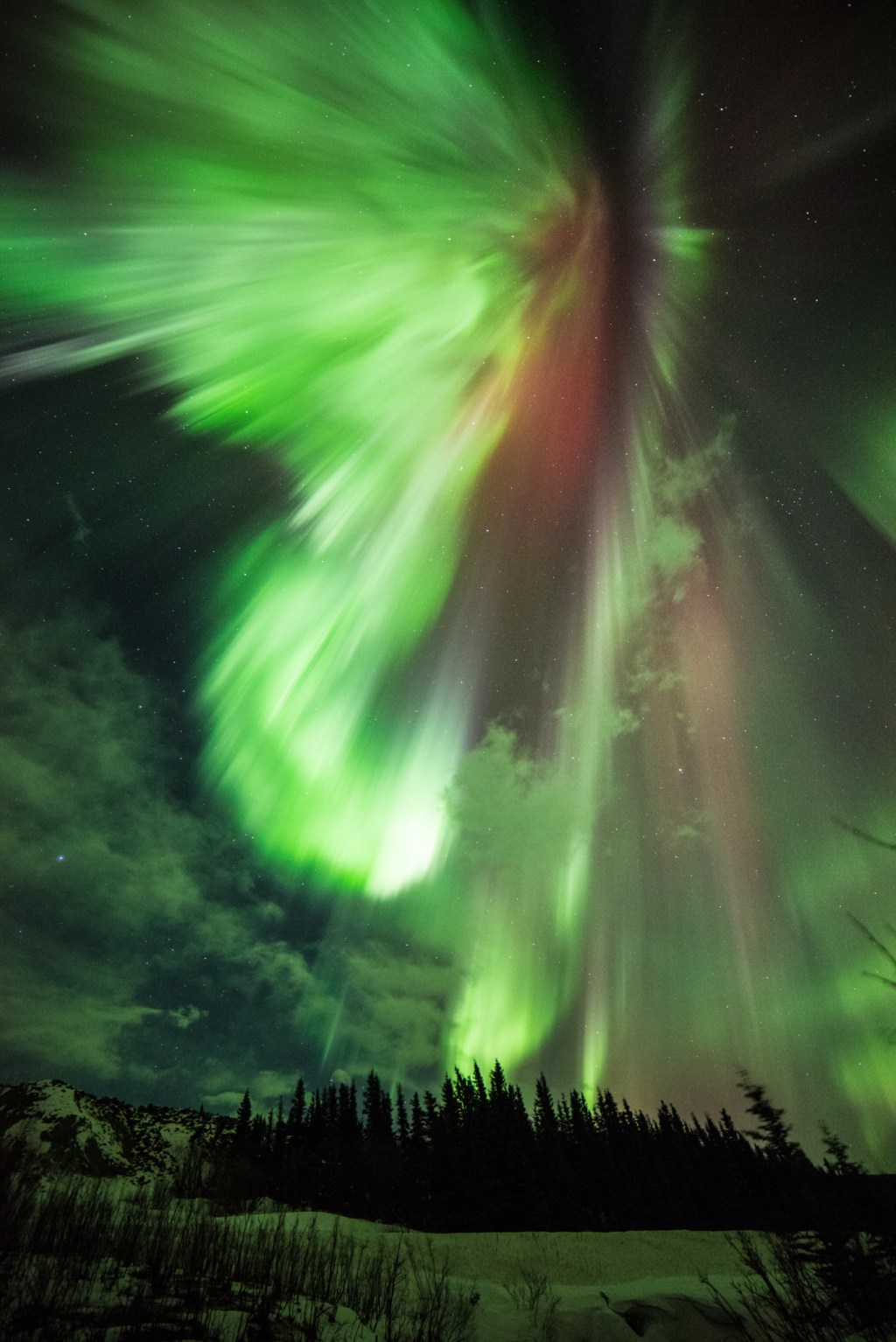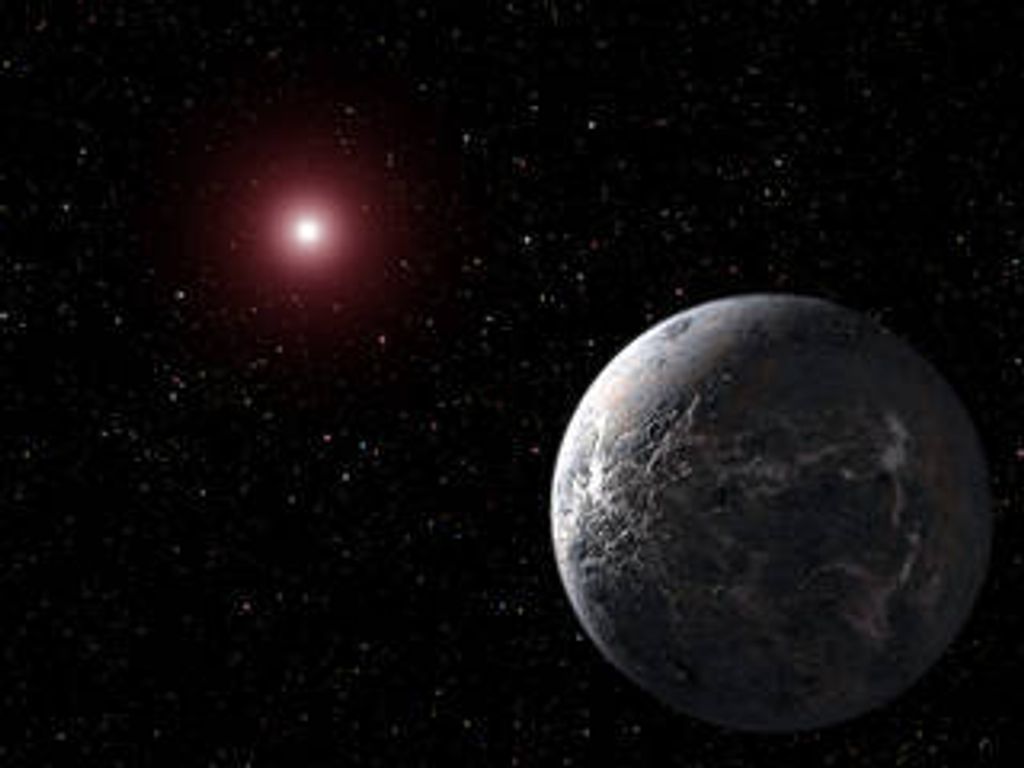1 min read
Carina Nebula
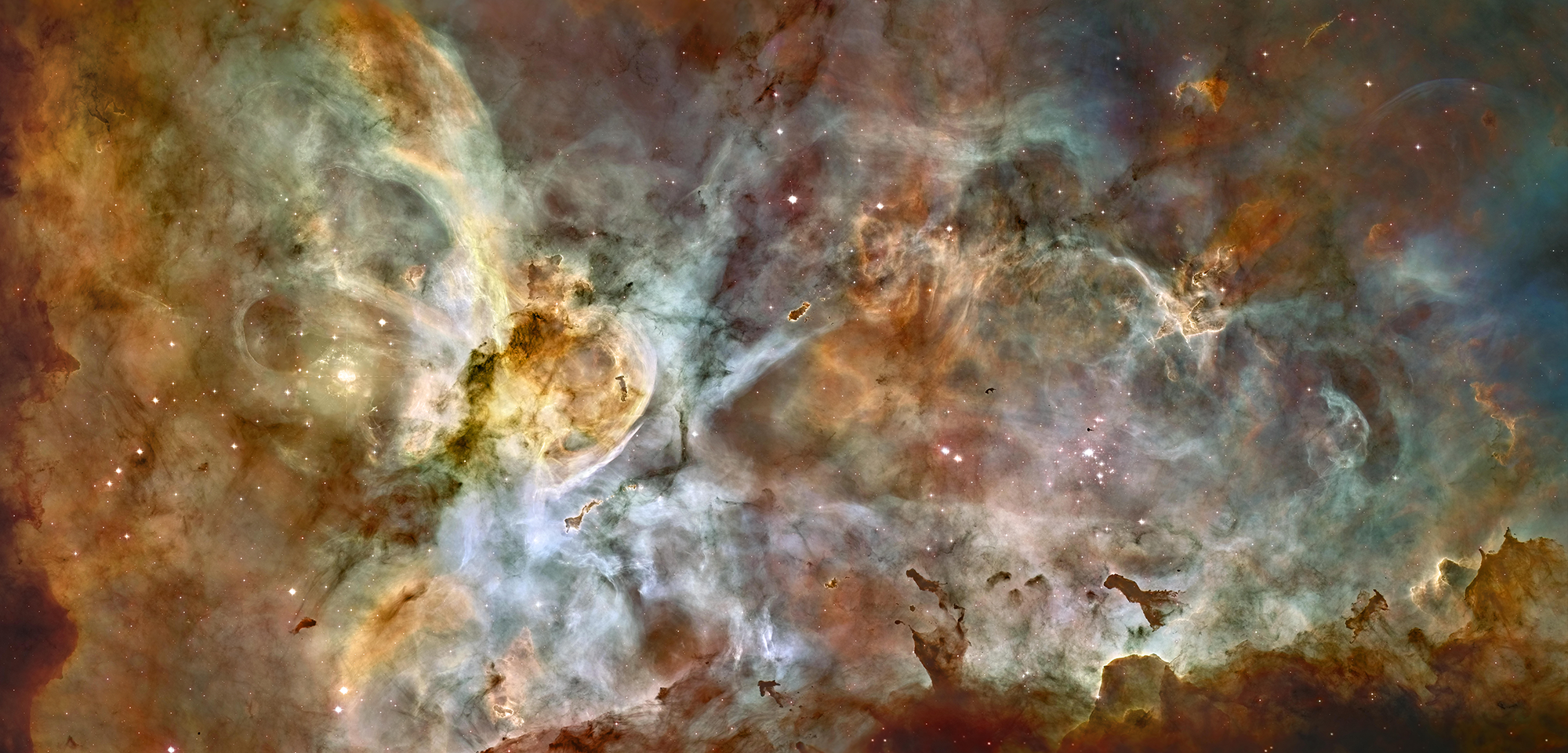
The Carina Nebula is an immense cloud of gas and dust where a maelstrom of star birth and death is taking place. The nebula is located an estimated 7,500 light-years away in the southern constellation Carina the Keel (part of the older, larger southern constellation Argo Navis, the ship of Jason and the Argonauts).
Hubble's view of the nebula shows star birth in a new level of detail. The nebula's fantastic landscape is sculpted by the action of outflowing winds and scorching ultraviolet radiation from the monster stars that inhabit this inferno. In the process, these stars are shredding the surrounding material that is the last vestige of the giant cloud from which the stars were born. The immense nebula contains at least a dozen brilliant stars that are roughly estimated to be at least 50 to 100 times the mass of our Sun.
Three million years ago, the nebula's first generation of newborn stars condensed and ignited in the middle of a huge cloud of cold molecular hydrogen. Radiation from these stars carved out an expanding bubble of hot gas. The isolated clumps of dark clouds scattered across the nebula are nodules of dust and gas that are resisting being eaten away by photoionization, the process by which the energy from light removes electrons from atoms.
The blast of stellar winds and blistering ultraviolet radiation within the cavity is now compressing the surrounding walls of cold hydrogen. This is triggering a second stage of new star formation. Our Sun and our solar system may have been born inside such a cosmic crucible 4.6 billion years ago. The Carina Nebula reveals the genesis of star birth as it commonly occurs along the dense spiral arms of a galaxy such as our Milky Way.
One of the Carina Nebula's most famous denizens is the unstable, behemoth double-star system Eta Carinae. Among the largest and brightest star systems in our Milky Way Galaxy, this stellar duo is known for its spectacular, periodic outbursts. The larger of the pair is an enormous 90 solar masses, while its smaller companion is 30 solar masses. The more massive of these two stars is destined to explode soon as a supernova.
A science team led by Armin Rest of the Space Telescope Science Institute used Hubble to study a "light echo" from an eruption of Eta Carinae that took place 170 years earlier. Known as "the Great Eruption," this 20-year event in the mid-1800s caused Eta Carinae to become the second brightest star in the sky. Some of the light from the eruption took an indirect path to Earth and is just arriving now, providing an opportunity to analyze the outburst in detail. The wayward light was heading in a different direction, away from our planet, when it bounced off dust clouds lingering far from the turbulent stars and was rerouted to Earth. The observations of Eta Carinae's light echo are providing new insight into the behavior of powerful massive stars on the brink of detonation.
Astronomers also have used Hubble's detailed observations of the Carina Nebula to study small globules within it. For example, a team of astronomers led by Nathan Smith of the University of California, Berkeley, found that even small globules appear to be forming stars, and that some could be analogs to the cloud in which our own Sun and solar system formed. Another team, led by Tia Grenman at the Lulea University of Technology in Sweden, found that some globules are so small they don't even have enough mass to form a star but could instead form free-floating planets that do not orbit any star.
Constellation: Carina
Distance: 7,500 light-years (2,300 parsecs)
Instrument: Hubble Advanced Camera for Surveys, and CTIO 4m Blanco Telescope MOSAIC2
Image Filters: ACS: F658N (H-alpha+[N II]); CTIO: ([O III] 501nm), (H-alpha+[N II] 658nm), ([S II] 672+673nm)
- Object NameObject NameA name or catalog number that astronomers use to identify an astronomical object.Carina Nebula, NGC 3372
- Release DateApril 24, 2007
- Credit
Share
Details
Claire Andreoli
NASA’s Goddard Space Flight Center
Greenbelt, Maryland
claire.andreoli@nasa.gov

